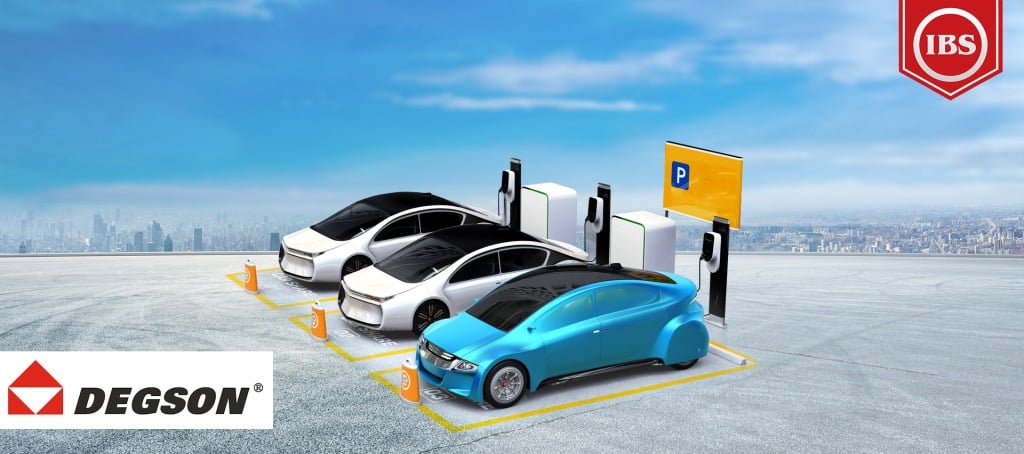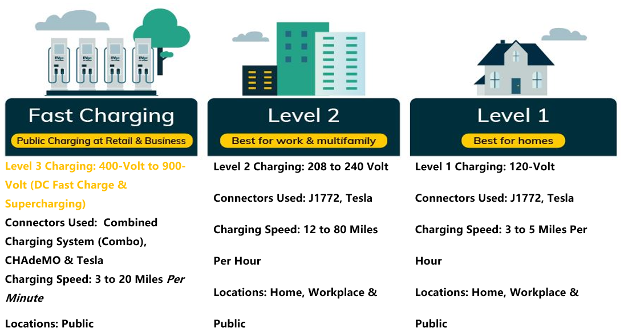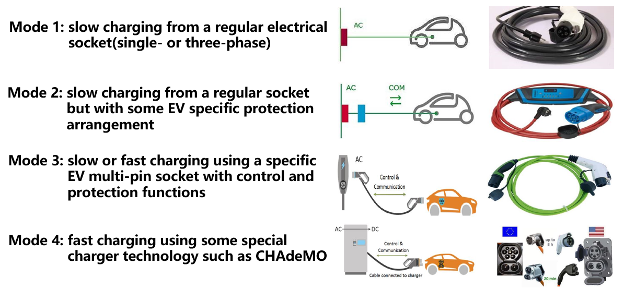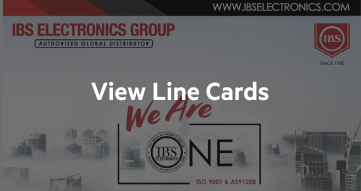
In the heightened battle against climate change, electric vehicles (EVs) have seen an increase in popularity, viewed as a better, more environmentally friendly alternative to traditional, fossil-powered vehicles. The number of EVs worldwide has risen sharply from 1.2 million in 2016 to about 6.8 million today. Of course, increased use and a broadening user base have also highlighted potential design challenges.
Charging is the most prominent challenge. Charge time could take several hours, and that’s assuming consumers can even find a charging station when they’re away from home. If there are public charging stations available, they’re frequently in use. The most convenient way for users to charge an EV is to install a charging station in their own home. But which of three levels is the right choice?

The ideal solution is to implement a level 2 charging station. It’s much faster than a level 1, reducing the charging time to a quarter of a level 1 charger.
Critical Design Considerations
However, there are some critical design and technical considerations when installing a level 2 charging station. First, a 240V connection is required; you can achieve this by attaching two 120V buses at once to a “double-pole” circuit breaker while using a 4-strand cable. Then an electrician must run and secure the newly installed cable to the charging location.
Based on the characteristics of the EV, what chargers, charging cables, and mode of charging should you use? The answers must account for the characteristics of the EV: What’s the vehicle model? What’s the battery’s capacity? If you choose a charging cable with a higher amperage rating, the charging time would generally decrease but only to a certain extent. For example, in a level 2 charging station, if the EV’s onboard charger capacity is 7.4kW with the required 240V connection, the amperage rating would be capped at 32A. Therefore, if you upgrade from a 16A cable to a 32A cable, the charging time would decrease. But if you upgrade to a 40A cable, the charging time would be the same as with a 32A cable because the EV is limited to only 32A.
It’s also important to choose the right type of charging connector and charging mode. There are three types of charging connectors: type 1, type 2, and CHAdeMO. The type is driven by the manufacturer of the EV. Type 1 is more common in Asia, Type 2 is more common in the rest of the world, and CHAdeMO is commonly used for supercharging Teslas.
There are four charging modes, as the image below shows. Mode 3 is recommended for a level 2 charging station.
 Charging Modes
Charging Modes
After choosing the types of chargers and charging cables you need for a level 2 charging station, you also want to ensure the quality and efficiency needed to optimize charging time. Degson Electronics’s EV chargers have met multiple design standards, including SAEJ1772 and IEC62196.2, and have received numerous certifications from internationally recognized associations, such as the Technischer Überwachungsverein (TUV) certificate and the Underwriter Laboratories (UL) certificate.
Degson’s EV chargers have a voltage rating of 240V and three amperage ratings (16A, 32A, and 40A), giving you flexibility when designing a level 2 charging station. The chargers would even work at ambient temperatures ranging from -30°C to -50°C; many competing parts stop working at -10°C.
Degson’s EV chargers are Type 2 and are compatible with either mode 2 or mode 3. To ensure quality, the chargers have been tested by state-of-the-art equipment and have been graded at a superior protection type of 3S/3R. Finally, the products are ergonomic and can be customized by color, logo, and cable length. Optionally, you can add charging station accessories, including fixers for vehicle plugs and bags to carry and store EV chargers, to maximize the convenience of home-style charging.
Why We Are One
For over 40 years, IBS Electronics Group has provided a broad range of integrated supply chain and electronicsmanufacturing solutions tailored specific to our customer's operations. As your one source for the industry’s top brands all in one place, our engineers specialize in reducing supply chain complexity and are here to provide you with dedicated support from prototype to production.




.png)


.png?resizemode=force&maxsidesize=96)